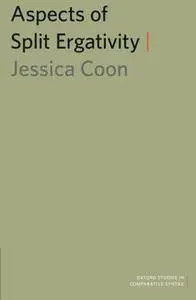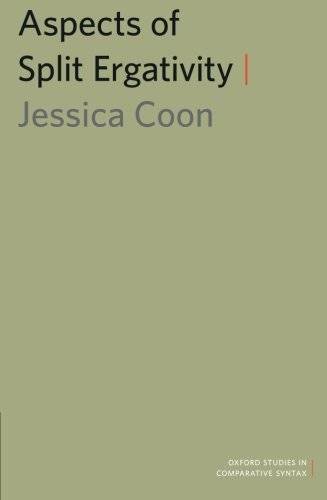Jessica Coon, "Aspects of Split Ergativity"
English | 2013 | ISBN: 019985873X | PDF | pages: 289 | 1.3 mb
English | 2013 | ISBN: 019985873X | PDF | pages: 289 | 1.3 mb
In languages with aspect-based split ergativity, one portion of the grammar follows an ergative pattern, while another shows a "split." In this book, Jessica Coon argues that aspectual split ergativity does not mark a split in how case is assigned, but rather, a split in sentence structure. Specifically, the contexts in which we find the appearance of a nonergative pattern in an otherwise ergative language involve added structure–a disassociation between the syntactic predicate and the stem carrying the lexical verb stem.
The book begins with an analysis of split person marking patterns in Chol, a Mayan language of southern Mexico. Here appearance of split ergativity follows naturally from the fact that the progressive and the imperfective morphemes are verbs, while the perfective morpheme is not. The fact that the nonperfective morphemes are verbs, combined with independent properties of Chol grammar, results in the appearance of a split.
This book further surveys aspectual splits in a variety of unrelated languages and offers an explanation for the universal directionality of split ergativity: in splits, ergativity is always retained in the perfective aspect. Following Laka's (2006) proposal for Basque, Coon proposes that the cross-linguistic tendency for imperfective aspects to pattern with locative constructions is responsible for the biclausality which causes the appearance of a nonergative pattern. Building on Demirdache and Uribe-Etxebarria's (2000) prepositional account of spatiotemporal relations, Coon proposes that the perfective is never periphrastic–and thus never involves a split–because there is no preposition in natural language that correctly captures the relation of the assertion time to the event time denoted by the perfective aspect.



